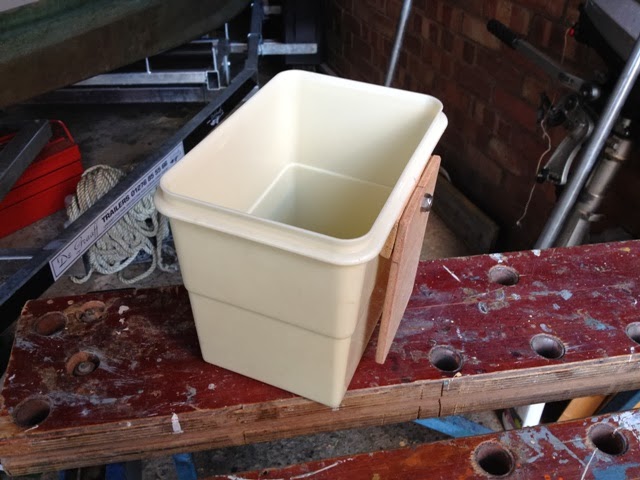Today there has been non-stop rain, and the thought occurred
to me that ‘Minnow’ could do with an umbrella. I remember seeing one on ‘Little
Jim’, Al Law’s Paradox. When we sailed in company to the Scilly Isles there was
a mixed bag of weather, including rain. One day we experienced storm force
winds, and as a precautionary measure, Al removed ‘Little Jim’s’ mast before
the onslaught.
An umbrella under those circumstances wouldn’t have stood a
chance, but for times when it is raining and the wind is not too strong, an
umbrella can be a useful accoutrement, particularly when the boat is at anchor
or she is beached. With a brolly rigged over the hatchway, the hatch can be left
open, and the crew can sit on the seat without bumping his head.
If I have a criticism of ‘Paradox’, it is not being able to
stand or move freely within her cabin when the hatch is closed. This is
especially irksome if one has to remain below for hours at a time on account of
rain. An umbrella over the hatchway can make a lot of difference.
Finally, an umbrella is not unlike a parasol, and if the sun
is baking hot, an umbrella can provide shade for the crew.




















































